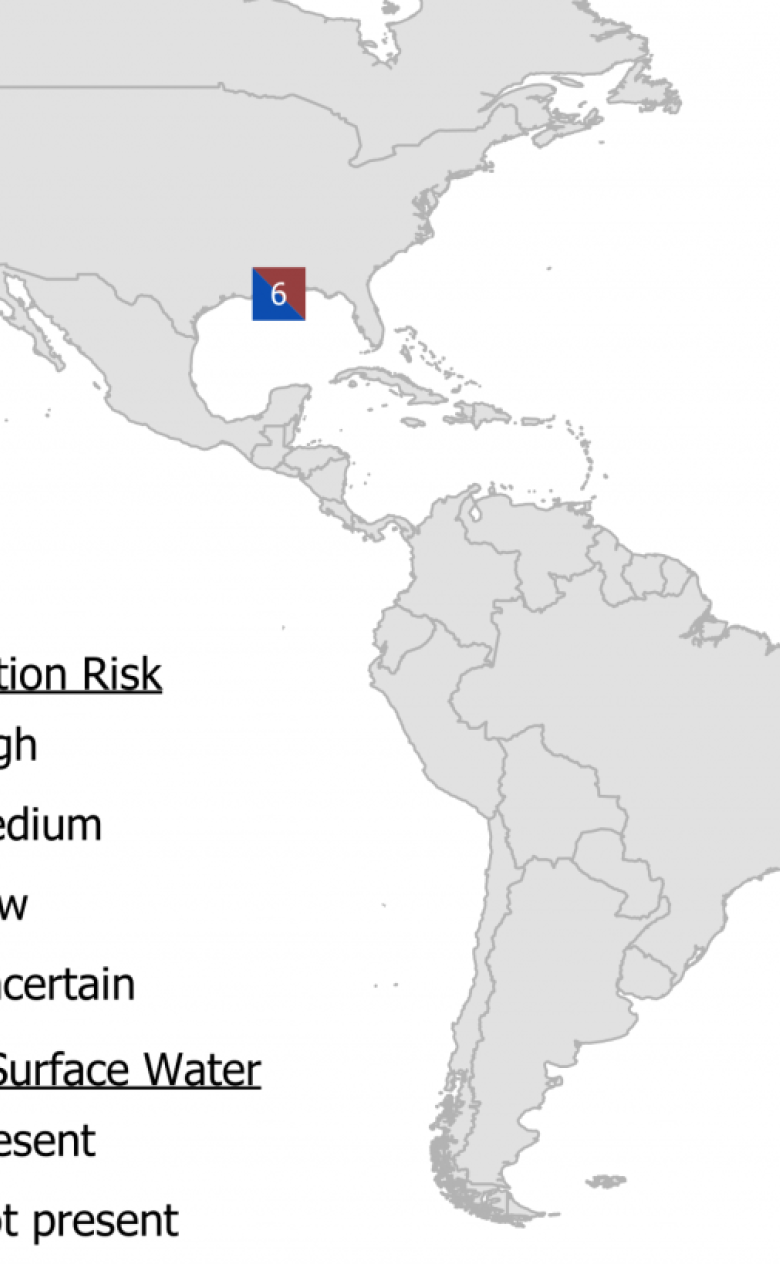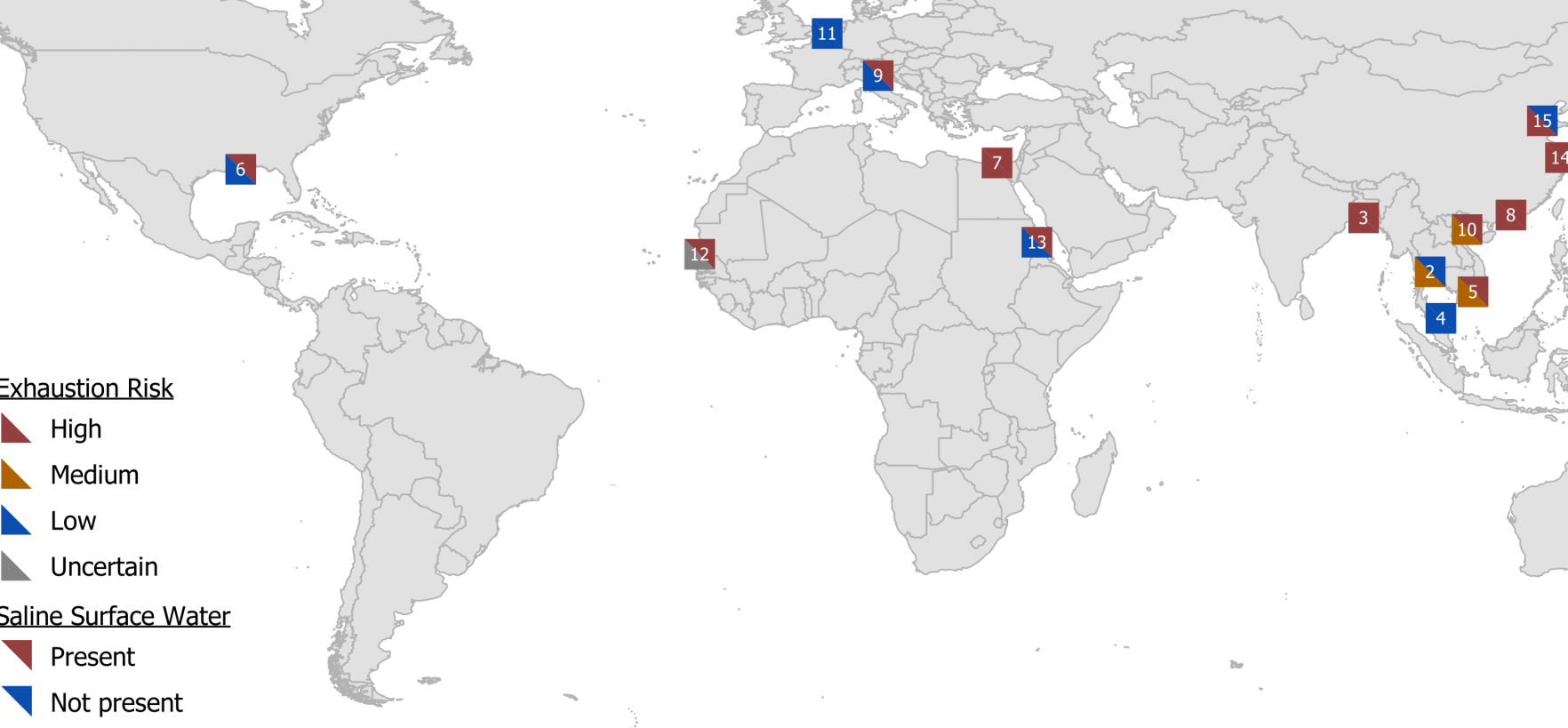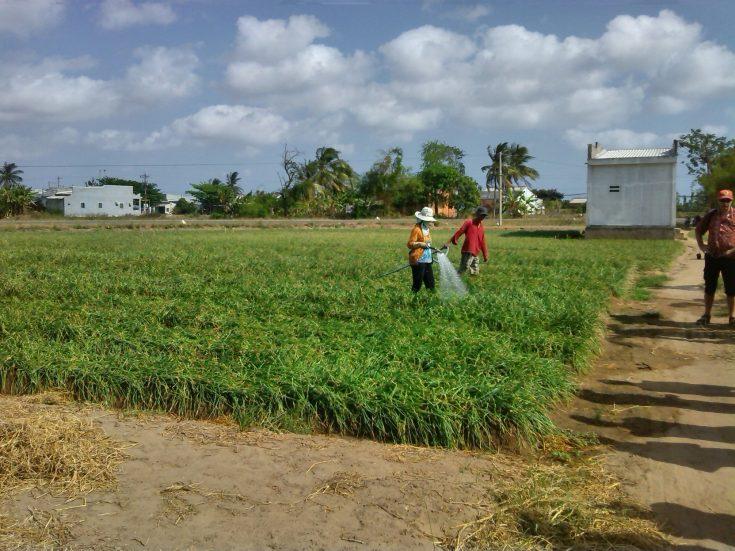Sustainability of fresh groundwater resources in 15 major deltas around the world
Deltas are often densely populated areas with intensive agriculture. These areas increasingly rely on groundwater extraction to provide drinking water, to supply water for industry, and to irrigate crops, with groundwater salinisation and depletion as a result. Groundwater salinisation is further exacerbated by sea level rise. Knowledge about the present volumes of these resources, which is needed for sustainable water management, is limited.


To establish a clearer picture of the present size of these precious resources, Deltares experts Joeri van Engelen, Gu Oude Essink and Marc Bierkens recently published a study in the journal ‘Environmental Research Letters’. The study involved simulating the long-term evolution of groundwater-salinity distribution in fifteen major deltas around the world.
Exhaustion in four deltas within 200 years
This long-term simulation was essential to describe the impacts of past sea-level dynamics on the slow movement of groundwater salinity distribution in these large groundwater systems. The researchers then compared the volumes of fresh groundwater in these deltas with the present groundwater extraction rates and estimated that the resources in four of the fifteen deltas could be completely exhausted within 200 years. This figure increased to about half of the fifteen deltas with increased extraction rates. Given that fresh groundwater resources develop over many thousands of years, 200 years is a disturbingly short time period for these large groundwater systems.

Extracting groundwater in a sustainable way
The main message, which was also covered by a recent news article on pnas.org, is therefore that it is key to manage water in deltas carefully, and only to extract groundwater in a non-sustainable way where and when there is no alternative.
Joeri van Engelen (author / Deltares expert): “There is often enough fresh surface water in deltas but the quality is such that it is regularly unfit for human consumption or the irrigation of crops. So if the water quality is improved, groundwater can be pumped only where and when it’s really necessary, making groundwater use more sustainable.”
Gu Oude Essink (co-author, Deltares / Utrecht University): “We have only been able to do modelling exercises of this kind in the last few years with the arrival of high-performance computing. Deltares and Utrecht University teamed up to take this first step towards improving our understanding of the limits of fresh groundwater use on a delta scale. I think we need to get to grips better with sustainable groundwater extraction rates as soon as possible: too many fresh groundwater resources around the globe are being over-exploited too quickly. With these new insights into groundwater systems, we can provide water.
Next step
The next step in this research will be to study the deltas where stress is highest in an integrated way, combining innovative models and data, and making projections for the impact of excessive groundwater use and climate change, including sea level rise. Once the growing gap between increasing demand and decreasing supply is known, we will need to come up with ways to combat groundwater exhaustion that work in the local context. Potential solutions may include improvements in irrigation practices, aquifer storage and recovery, water pricing to trigger water-efficiency schemes, wastewater reuse, or salt-resistant crops. Deltares has already started moving in this direction in its projects in the Mekong, Nile, and Ganges-Brahmaputra-Meghna delta.


